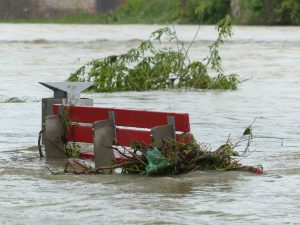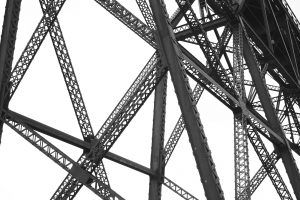This morning I tweeted as follows (@yukotomizuka)
Flood risk should be explained to potential buyers→ How to mitigate disaster risks in JP,
1 assessing by investigating the past records,
2 double checking the current resilience,
3 arranging necessary insurance.
Detailed will be explained in our BLOG
The announcement was made as follows: MLIT-the Ministry of Land, Infrastructure and Transportation- announced that from now on, accountability of disaster risks, especially for flood and other natural disasters to the end users is regulated for real estate brokers.
: https://news.yahoo.co.jp/articles/b313f76ea99364ff7dd29c9f33c1d83842346b4c
Thus, I would like to spend some time to explain the natural disaster risk management in JP,in terms of real estate investment.
Ultimately, we think the risks are manageable when you analyze them through the following process.
1 Assessing risks by investigating the past records,
2 Double checking the current resilience,
3 Apply some re-enforcement
4 Arranging the necessary insurance

1 Assessing risks by investigating the past records

During the due diligence process, hazard maps and regulated zones can be checked.
On the other hand, for seismic risks, I would suggest conducting PML -Probable Maximum Loss-analysis. Under the market practice, PML above 30% looks non-investment grade. The tricky part is the earthquake insurance. Before Lehman brothers clash, even though the properties whose PML were 20-30%, so long as the investor purchased the insurance up to PML damage amount, they were comfortable in investing them.
Some of those assets may have suffered damages more than PML at the Tohoku earthquake in 2011. There must be 1 inaccurate assessment , 2 underestimating the damage, 3 saving the operational expense. Thus, I would suggest conducting detailed survey at the very beginning and appropriately assess the damage then move on to the risk mitigation stage.
2 Double checking the current resilience

Japanese structural engineers say that Horyuji temple, 1400 year old wooden structural one, has been well known its seismic structure. Japanese buildings have been destroyed by fires but survived various times of earthquakes. However, not all engineers or structural architects understand the theory and practice. Not everybody can build such temples. Therefore, its highly recommended that checking the current resilience after experiencing various disasters.
3 Apply some re-enforcement

Until 1981, the old seismic standard regulation had been applied and all the buildings which were approved till then must have some seismic improvements. They are for instance adding beams or walls. Sometimes, those improvements look hard to apply due to the existing structure or designs. Therefore, it’s worth analyzing the possibility of re-enforcement, necessary cost and their effects.
4 Arranging the necessary insurance

In addition to the physical improvements, arranging insurance would secure your investment position recovery when unexpected disaster occurs. In Japan, commercial property investment is subject to such disaster risk insurance and global insurance brokers have been provided some products to investors. Even though its premium doesn’t look so cheap, from my personal view, its worth arranging, taking into account the disaster cycle and meteorological phenomena for past several years.
Thus, to summarize, the disaster risk management has to be done over the following process
1 Assessing risks by investigating the past records,
2 Double checking the current resilience,
3 Apply some re-enforcement
4 Arranging the necessary insurance
The most challenging parts for non-Japanese investors are risk assessment and insurance arranging. I would highly recommend to have capable advisors or internal resources in your team.
any queries or doubts, please email to ytomizuka@abrilsjp.com
Newletter subscription is here.










